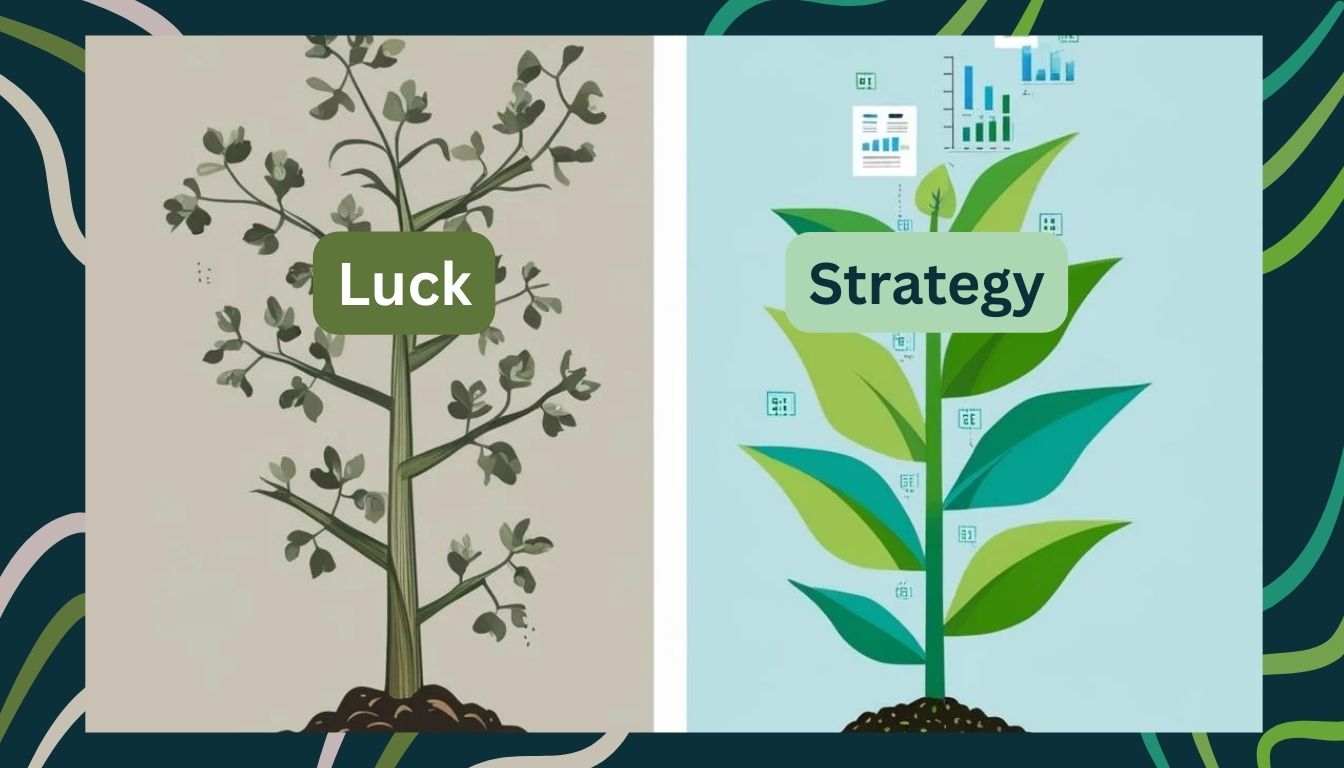Data-Driven Insights for Business Leaders | Reading Time: 5 minutes
How many decisions in your business are made based on intuition, experience, or a “gut feeling”? Now think—how many of those actually worked out? And how many turned into costly mistakes?
A company’s success can’t depend on luck. It must be built with consistency, predictability, and reliable information. That’s why, today more than ever, growing without data is luck. Growing with data is strategy.
Data: the fuel behind business growth
Every company wants to grow. But growth requires resources, focus, and risk management. That’s only possible when leaders have a clear view of:
- Where the real opportunities are;
- Which actions bring the best return;
- Where the business is leaking time or money;
- How each department is performing.
Those answers don’t come from opinions. They live inside your business data. And when that data is well organized and analyzed, it becomes strategic insight that drives smarter growth with less guesswork.
Strategy without data is just opinion. With data, it’s intelligence.
Let’s look at a practical example:
Two e-commerce companies, same market, similar revenue. One builds reports manually once a week, often outdated. The other uses Power BI to monitor:
- Average order value by sales channel;
- Cart abandonment by product;
- Digital campaign performance;
- Customer satisfaction and support times.
Now imagine a market shift—new competition or customer behavior change. Which company adapts faster and with fewer losses?
Data doesn’t just light the path. It reduces the risk of stumbling.
Power BI: from raw data to strategic thinking
Power BI turns disconnected data into real-time, easy-to-understand dashboards that support executive decisions.
It reveals:
- Trends that were previously invisible;
- Problems before they become crises;
- Opportunities buried deep in the numbers.
But the true power of Power BI is its ability to support a culture of evidence-based decision-making—across every area of your business.
What does a data-driven culture actually look like?
Adopting a data culture is not just about using charts. It’s about changing how the company thinks and acts.
It means:
- Goals are no longer educated guesses, but based on real history;
- Meetings focus on cause and effect, not just opinions;
- Planning becomes grounded in concrete, reliable indicators.
Companies that shift their mindset this way don’t move in circles. They build solid, sustainable paths toward evolution and growth.
Strategy without execution is just talk. Data is the missing link.
Modern leaders know that information is everywhere—but insight is rare.
Power BI helps you:
- See the present clearly;
- Learn from the past;
- Model future scenarios with confidence.
It connects your strategic thinking to the day-to-day operations of the business—turning growth from a wish into a concrete, scalable plan.
Growth isn’t luck. It’s a process.
A data-driven company:
- Understands its customers;
- Adjusts direction quickly;
- Learns from mistakes;
- Invests with precision;
- Builds real, lasting competitive advantage.
Meanwhile, businesses that rely only on instinct stay vulnerable—to crisis, competitors, and stagnation.
That’s why Power BI is more than a reporting tool. It’s a strategic asset—one that empowers you to grow with clarity, control, and consistency.
Final Thoughts
Markets are shifting too fast to rely on gut feelings. To grow, businesses need more than good ideas. They need:
- Good data;
- Good analysis;
- And smart decisions.
The best part? This is no longer a luxury for large enterprises. Power BI brings it within reach of small and medium businesses. You can start with what you already have—and grow smarter from there.
Next article: What Should Your Business Really Be Analyzing in Power BI?





